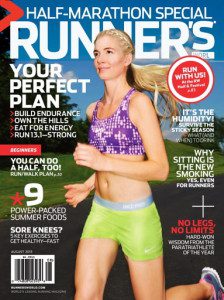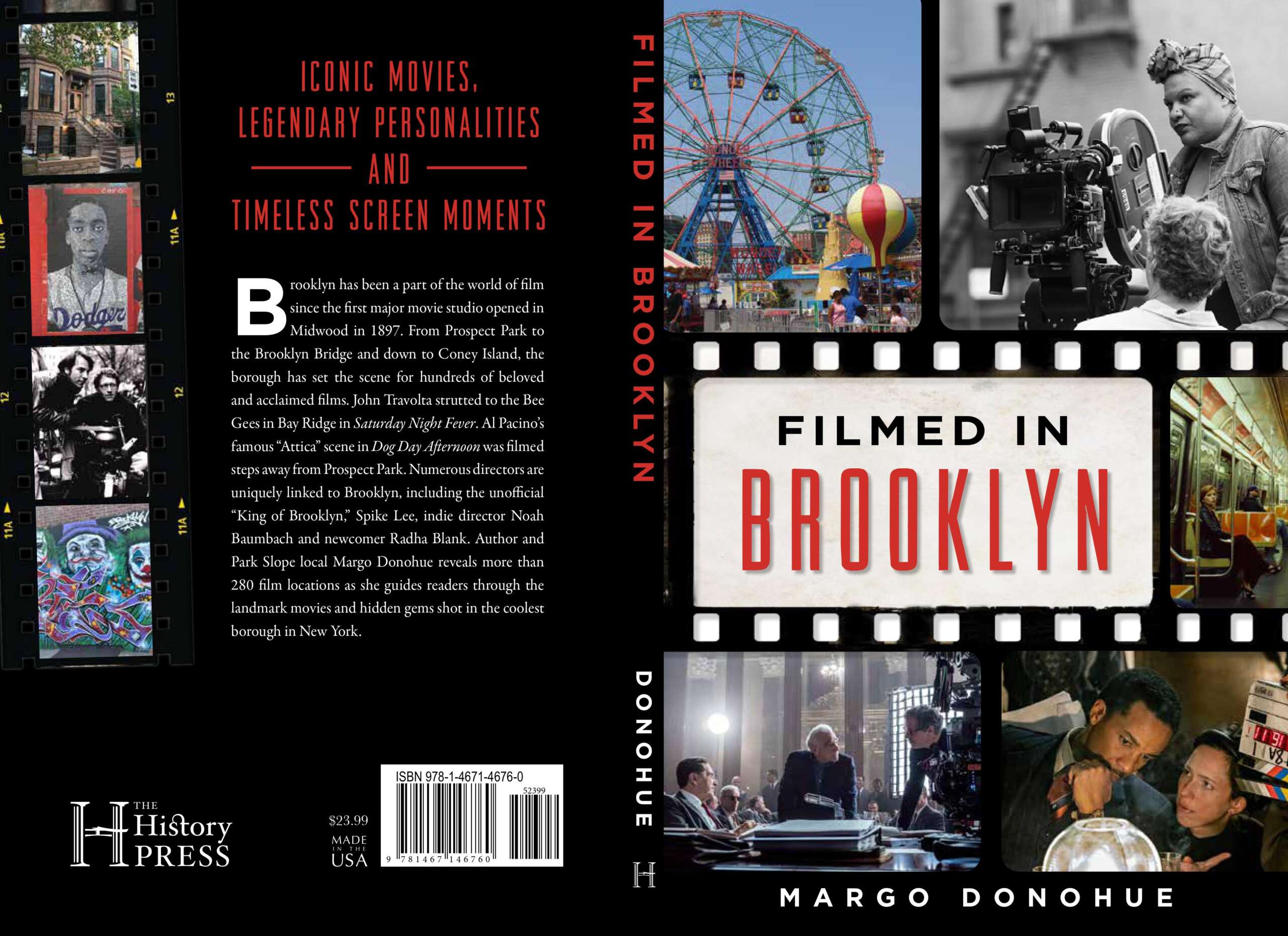Brooklyn Fit Chick Special Interview
Jennifer Van Allen
Special Projects Editor of Runner’s World and author of Runner’s World Big Book of Marathon and Half-Marathon Training
Hey Gang!
I am planning on walking either my first marathon or half-marathon this coming Saturday with Walk the Walk NYC and decided that I needed the best of the best to advise me on how to train and what to expect for my big first—whatever it turns out to be. (Check out my latest Vlog where I go into my dilemma in more detail.)
So the good people at Runner’s World offered me a chance to interview their Special Projects Editor, Jennifer Van Allen who in turn gave me so much great information that I am posting this in two parts. Wee!
Today Jennifer advises gives us her best tips for handling your first marathon and half-marathon. Tomorrow will feature her advice for proper training techniques. Enjoy and happy running (or walking!)
RUNNER’S WORLD TIPS FOR MARATHONS & HALF-MARATHONS
Even for seasoned racers, the days before a marathon or half-marathon can be stressful. With all the hope and hard work that you invested in your goal event, you want to arrive at the starting line feeling calm, healthy, and ready to run your best. Here are a few reminders to keep you on track in the critical days and hours before the starting gun fires, and to help you recover after you cross the finish line.
THE DAYS BEFORE THE RACE
Don’t do anything new. Race day isn’t the time to try new shoes, new food or drinks, gear, or anything else you haven’t used on several training runs. Stick with the routine that works for you.
Don’t overdo the expo. Pick up your race number, but give yourself a time limit and stick to it. Get off your feet and relax before the race.
Graze, don’t chow down. Rather than devouring a gigantic bowl of pasta the night before the race, which could upset your stomach, try eating carbs in small increments throughout the day before the race.
Put your hands on your bib and chip. The night before the race, put your chip on your shoes, and fasten your bib on to your clothes. Those are two supplies you must have at the starting line. Don’t show up without them!
RACE DAY
Don’t overdress. It will probably be cool at the start, but don’t wear more clothing than you need. Dress for 20 degrees warmer than it is outside. To stay warm at the start, bring clothes that you can throw off after the first few miles.
Set at least two goals. Set one goal for a perfect race and another as a backup in case it’s hot, windy, or it’s just not your day. If something makes your first goal impossible halfway through the race, you’ll need another goal to motivate you to finish strong.
Fix it sooner, not later. If your shoelace is getting untied, or you start to chafe early in the race, take care of it before it becomes really painful later in the race.
Line up early. You don’t want to be rushing to the starting line, so don’t wait for the last call to get there.
Start slow, and stay even. Run the first 2 to 3 miles 10 to 15 seconds slower than goal pace, with the idea that you’ll finish strong. Don’t try to “bank” time by going out faster than your goal pace. If you do that, you risk burning out early. Try to keep an even pace throughout the race, and save your extra energy for the last few miles.
AFTER THE RACE
Keep moving. Get your medal and keep walking for at least 10 minutes to fend off stiffness and gradually bring your heart rate back to its resting state.
Refuel. Within 30 minutes of finishing, refuel with carbs and sources of lean protein. If you can’t eat post-race, pack a recovery drink in your gear bag. Within a few hours try to eat a regular healthy meal with carbs and protein.
Get warm. Change out of the clothes you ran in, and get into dry clothes as soon as possible. After you cross the finish line, your core temperature will start to drop fast, and keeping sweaty clothes on will keep you cold.
The next day, get going. As sore as you might feel the day after the marathon, it’s important to do some sort of nonimpact activity like swimming, cycling, or working out on the elliptical trainer. The movement will increase circulation to your sore muscles and help you bounce back sooner. Just keep the effort level easy.
That’s all for today! Be sure to come back tomorrow for the rest of Jennifer’s advice for training. (Thanks Jennifer!)
Ox Ox,
BFC
Brooklyn Fit Chick
Follow me on Twitter: “BrooklynFitChik” (note the spelling!)
Friend me on Facebook: “Brooklyn FitChick
Instagram: “brooklynfitchick”
You Tube: BrooklynFitChick1




